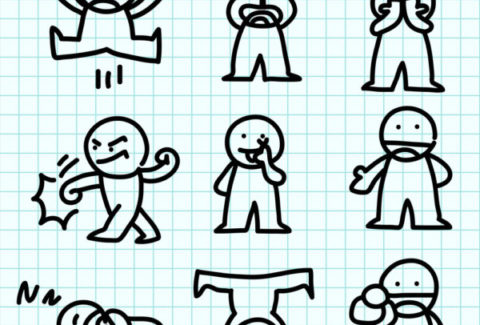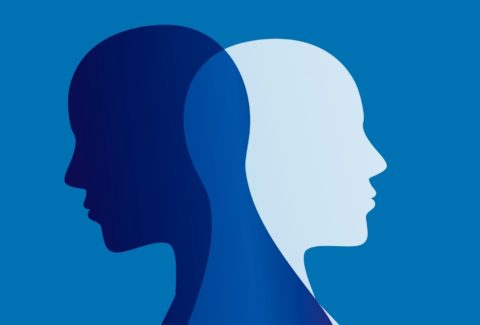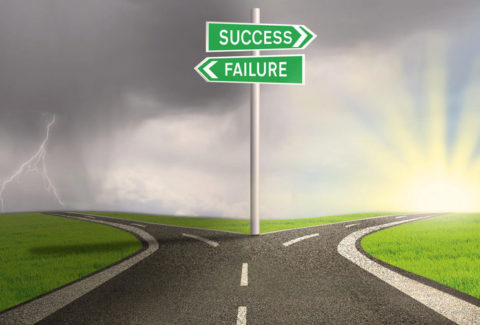Ten Clinically Relevant Schema Modes
In the intricate tapestry of our emotional lives, Schema Therapy unveils a profound understanding of ten clinically relevant schema modes—distinct emotional states that shape our responses, coping mechanisms, and interpersonal dynamics. As we embark on this exploration, each mode becomes a unique instrument in the symphony of our psyche, contributing to the rich melody of our emotional experience.
- The Harmony of the Healthy Adult:
At the heart of emotional mastery lies the Healthy Adult[1]—a mode characterized by rationality, balance, and adaptability. Like a skilled conductor, this mode orchestrates the harmonious integration of thoughts, emotions, and effective problem-solving.
- Echoes of the Vulnerable Child:
The Vulnerable Child[2] mode resonates with echoes of past hurts, traumas, and unmet needs. It emerges as a poignant reminder of our emotional vulnerabilities, calling for compassion and healing.
- The Fierce Protection of the Angry Protector:
In moments of perceived threat, the Angry Protector roars to life—a fierce guardian shielding us from injustice.[3] This mode channels the energy of anger as a powerful force of protection.
- Whimsical Tunes of the Impulsive Child:
The Impulsive Child mode plays whimsical tunes of spontaneity and impulsivity. It invites us to embrace the childlike joy of living in the moment, unburdened by the weight of consequences.[4]
- The Internal Critic: Punitive Parent:
The Punitive Parent[5] mode unveils the internal critic—a stern judge imposing harsh self-criticism. It highlights the echoes of judgments, punishments, and critical voices internalized from the past.
- The High Standards of the Demanding Parent:
The Demanding Parent sets high standards and expectations, urging us to achieve perfection. This mode challenges us to navigate the delicate balance between aspiration and self-compassion.
- The Calm Detachment of the Detached Protector:
The Detached Protector offers calm detachment—a cognitive distancing from overwhelming emotions. Like a protective cloak, it shields us from the intensity of distress, providing a respite.[6]
- Yielding to Harmony: The Compliant Surrenderer:
The Compliant Surrenderer[7] yields to the needs of others, often at the expense of personal boundaries. It invites us to explore the delicate dance of asserting our needs while fostering harmony in relationships.
- The Unleashed Fury of the Enraged Child:
The Enraged Child mode unleashes intense anger and frustration, born from past experiences of injustice. It challenges us to confront and transform the fiery emotions that may fuel destructive patterns.[8]
- The Radiance of the Happy Child:
The Happy Child mode radiates carefree joy, playfulness, and wonder. It invites us to reconnect with the innocent delight of embracing moments of happiness, spontaneity, and lightheartedness.[9]
As we navigate the emotional landscape, understanding and integrating these schema modes becomes a transformative journey—a symphony of self-discovery, healing, and resilience. In the hands of a skilled therapist, Schema Therapy offers a tailored composition, guiding individuals toward a harmonious balance where each mode contributes to the grand masterpiece of emotional well-being. Embrace the melodies, confront the dissonance, and let the emotional symphony unfold—a testament to the intricate beauty inherent in the human psyche.
Schema Therapy[10] offers a solution where Cognitive Behavioral Therapy may have fallen short. It integrates various evidence-based practices, including attachment theory, psychodynamic psychotherapy, mindfulness, and Gestalt therapy. This holistic approach blends the best of each method to engage clients effectively. Join our upcoming 6-Week Schema Therapy Certificate Course starting on July 2, 2024 and concluding on August 13, 2024. Secure your spot now by clicking here. Don’t miss out on this transformative opportunity. Take action today!
[1] Yakın, Duygu, and Arnoud Arntz. “Understanding the reparative effects of schema modes: an in-depth analysis of the healthy adult mode.” Frontiers in Psychiatry 14 (2023): 1204177.
[2] Roelofs, Jeffrey, Peter Muris, and Jill Lobbestael. “Acting and feeling like a vulnerable child, an internalized “bad” parent, or a healthy person: The assessment of schema modes in non-clinical adolescents.” Journal of personality disorders 30.4 (2016): 469-482.
[3] Van Genderen, Hannie, Marleen Rijkeboer, and Arnoud Arntz. “Theoretical model: Schemas, coping styles, and modes.” The Wiley‐Blackwell handbook of schema therapy: Theory, research, and practice (2012): 27-40.
[4] Bach, Bo, and Joan M. Farrell. “Schemas and modes in borderline personality disorder: The mistrustful, shameful, angry, impulsive, and unhappy child.” Psychiatry Research 259 (2018): 323-329.
[5] Tappel, E. A. J. The relationship of recalled adverse parenting styles with schema modes throughout inpatient schema therapy: A clinical sample of patients with complex personality disorders. MS thesis. University of Twente, 2021.
[6] Edwards, David John Arthur. “Using schema modes for case conceptualization in schema therapy: an applied clinical approach.” Frontiers in Psychology 12 (2022): 763670.
[7] Rafaeli, Eshkol, Offer Maurer, and Nathan C. Thoma. “Working with modes in schema therapy.” Working with emotion in cognitive behavioral therapy: Techniques for clinical practice (2014): 263-287.
[8] Siddique, Meh Para, and Rubina Hanif. “Better Late than Never: An Interplay of Hope and Child Schema Modes among Young Adults.” Int. J. Innov. Creat. Chang 15 (2021): 1079-1090.
[9] Lockwood, George, and Ida Shaw. “Schema therapy and the role of joy and play.” The Wiley‐Blackwell Handbook of Schema Therapy: Theory, Research, and Practice (2012): 209-227.
[10] Young, Jeffrey E., Janet S. Klosko, and Marjorie E. Weishaar. “Schema therapy.” New York: Guilford 254 (2003): 653-658.







